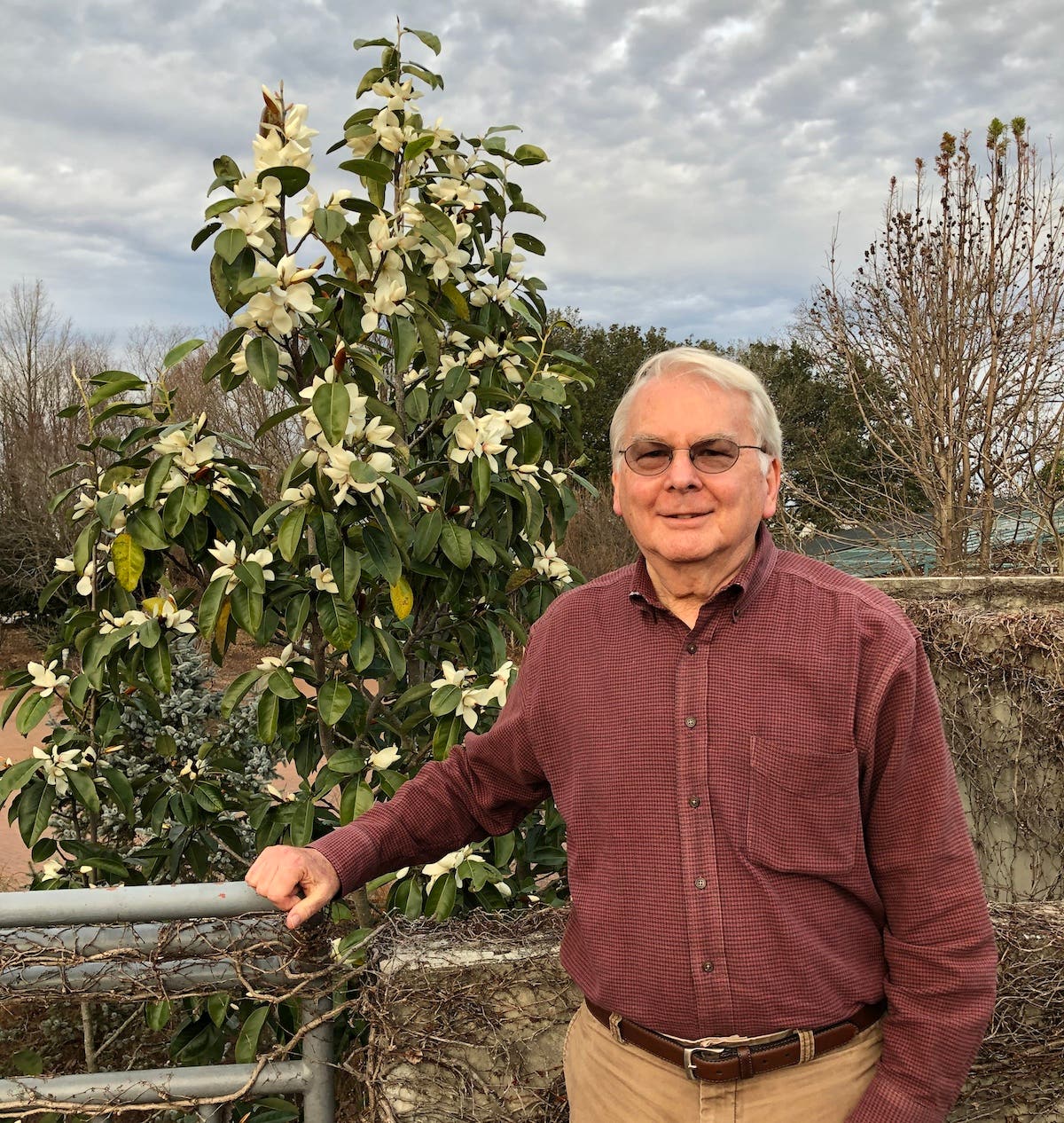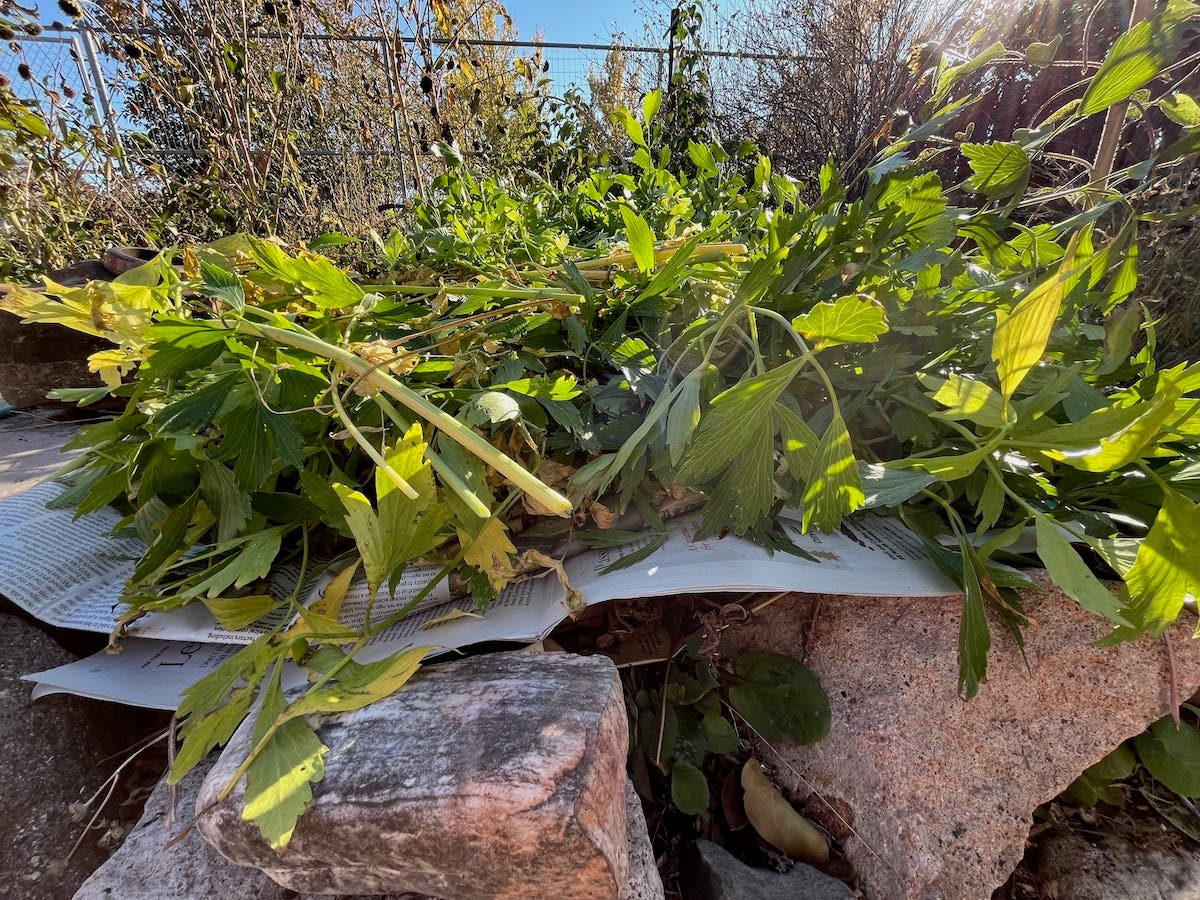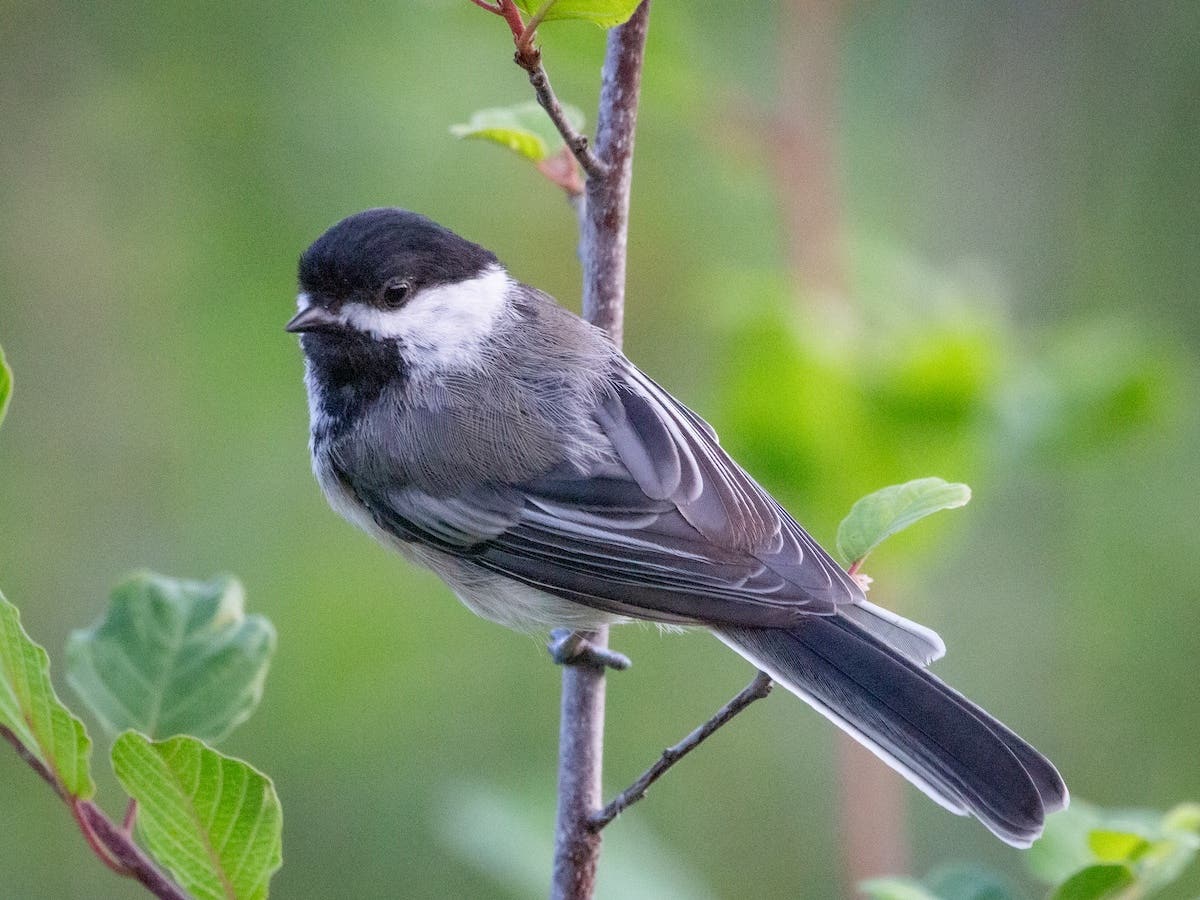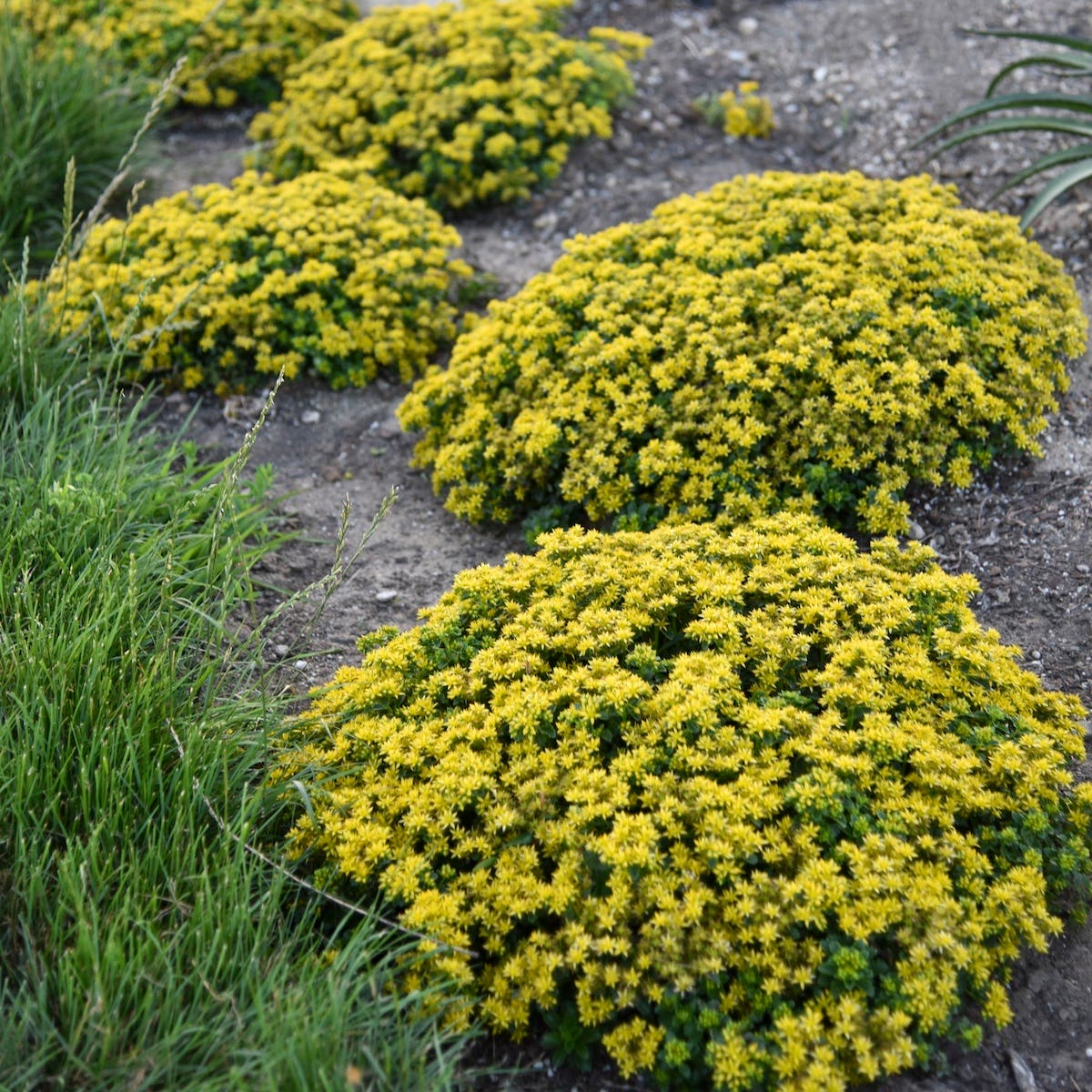Project FeederWatch: How You Can Help Scientists Track Birds
Learn how and why to participate in Project FeederWatch, a citizen science program that tracks back yard birds.
For more than 30 years, people across the United States and Canada have participated in Project FeederWatch, a participatory-science program that’s active from November through April each year. In participatory science (sometimes called citizen or community science), people from all walks of life contribute to research projects that build toward a better understanding of the natural world.
Managed by the Cornell Lab of Ornithology and Birds Canada, Project FeederWatch aims to map winter bird populations, helping scientists to understand the kinds and numbers of birds present (or not present) throughout the states and provinces from late fall to mid-spring.
The data that citizen scientists provide through Project FeederWatch helps ornithologists identify long-term trends or changes in winter bird populations—their locations, numbers and overall range.
For example, the project showed that between 1989 and 2017, the northern cardinal’s winter grounds expanded farther north, mirroring an increased popularity of bird feeders and bird-friendly, shrub-heavy landscaping that provides winter food and cover. FeederWatchers in Minnesota, Michigan, Maine and southeastern Canada helped reveal this shift in range.
Observations also shine a light on irruptions, which are difficult to predict or track without widespread assistance. In an irruption, a species that winters in the north suddenly moves south, usually in search of food. FeederWatchers help keep tabs on irruptive species like the pine siskin and common redpoll, whose irregular travel may provide clues to the long-term health of the boreal forest, on which they typically rely for winter feeding.
Related: Winter Bird Facts
What’s Watched For
A recent expansion of the type of data that participants can submit has widened the potential findings of Project FeederWatch. By gathering information on other animals, like squirrels or deer; certain behaviors, like predation; the presence of sick birds; and the participant’s own actions and emotions related to the above, the project leaders hope to learn more about human–wildlife relationships.
And already, this program—like other citizen-science initiatives—benefits the everyday people who contribute their time and energy to it.
“FeederWatch is as much a program for people as it is a program for birds,” says Emma Greig, a Cornell Lab behavioral ecologist and the project leader. She notes its value in helping to track birds and to identify species at risk, but points out another important function:
“It is also a way for people to share their experiences with birds and turn their observations and stories into something bigger—a collective effort to help birds,” Emma says. “I think adding that sort of meaning to a pastime they already enjoy really helps give people a sense of accomplishment.”
How Project FeederWatch Works
Anyone in the United States or Canada can join FeederWatch by enrolling at feederwatch.org. Participants need only have a consistent location where they can observe birds—such as a garden with trees, shrubs and open space. You can sign up before the program begins for the season (November 1) or any time while it’s active (until April 30). There is a nominal fee to join, which helps cover the costs of running the program.
While maintaining a bird feeder may make this activity easier or more fruitful, it’s not a requirement. If you can spot and count birds, you can contribute. The program provides resources to help in identifying species.
FeederWatch participants choose their own bird-sighting spot (which should remain the same throughout the project) and set their own schedule for counting and reporting the birds that they see. These counts take place over two consecutive days, and they can happen as frequently as once a week or even just one time.
During a count, the participant actively watches the area to note what species are present, whether they’re visiting a feeder or otherwise interacting with the space (flyovers are not counted). Individual birds within each species are counted. Records can be taken as many times as desired during a two-day count. At the end of the two days, the citizen scientist logs their findings through the FeederWatch website or mobile app.
Only the highest number of a species seen at one time is entered; so, if the participant watched the space three different times over two days, and saw four blue jays at one time, three blue jays the next time and eight blue jays the third time, eight blue jays would be logged.
Aside from identifying and counting birds, participants can provide additional information to the program’s lead scientists. This includes the type and number of mammals present during the count, the amount of snow cover, any site maintenance—like filling or cleaning a feeder—that took place between counts, and notable interactions between animals in the space, such as one bird species trying to chase off another.
Chances are you’re regularly looking out a winter window, dreaming of spring in the garden. Why not contribute to science while you’re at it? As Emma Greig points out, counting birds “can be a great spirit booster during long winters in northern latitudes.” You just might see time fly!
Image credits: Northern cardinal by Bob Vixinic/Courtesy of Project FeederWatch; Pine siskin by Fyn Kynd/CC BY 2.0







